Requires extreme caution! Principles of replacing a gas boiler in a private house
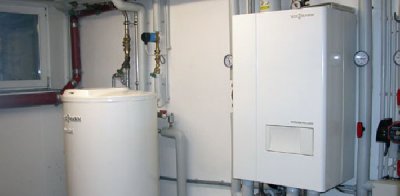
Equipment wear is a natural process. Boilers over time lose their power and start making strange sounds, and the carbon deposits in the system become unimaginably thick.
The heat exchanger burns out. The repair costs exceed all reasonable limits. It's time to replace the boiler.
Content
How to replace a gas boiler in a private house: sequence of actions
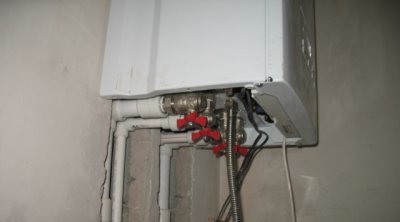
A user who has skills in working with hand tools can easily replace a gas heater by following the instructions.
But that doesn't mean you have to get down to business right away. First, The user is required to obtain permission to carry out the work.
Permission to replace
To obtain this paper, there is strict sequence of actions:
- Technical data sheet for the boiler. It is provided by the seller or manufacturer on the company's website.
- Contact the organization that supplies gas. Write an application for replacement of the boiler, attaching the technical data sheet of the equipment.
- GOrgaz issues a list of technical conditions:
- If the model of the new boiler is similar to the old one, then only obtain a chimney inspection report. It is ordered from the fire inspection department or another company that has the appropriate license.
- The new boiler has more power. If necessary conclude a new contract for gas supply with an increased limit.
- If the installation location of the device or the location of the heating pipes changes, need to order a new project.
- Conclude an installation and maintenance agreement with the organization, which will be engaged in replacing the equipment. Take the construction passport from them.
- Submit the collected documents to the gas service.
- Get permission.
Attention! In the resolution No. 170 Gosstroy of Russia p. 5.5.2 It is stated that installation and dismantling of gas equipment is carried out only by organizations with special permission.
The importance of the contract
The Russian Federation law provides for administrative responsibility, for independent installation of gas equipment, and the absence of a service contract (Government Resolution No. 410).
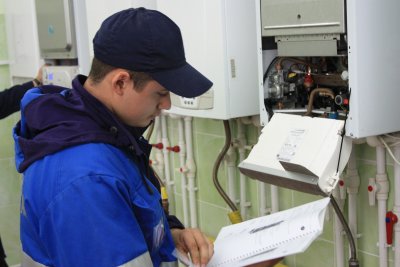
Amount of fine is being vibrated from 10 to 15 thousand rubles. But is it really that unprofitable to pay for the work of installers, and what does the client get?
- Craftsmen check for leaks all threaded connections of the gas system, as well as integrity of pipes.
- The traction force is being controlled in the ventilation system.
- The operability of metering devices is checked, shut-off valves and gate valves.
- Installation control in accordance with all safety requirements.
- Full user manual according to safety regulations for working with a boiler.
Dismantling the old unit
Permission has been received, it is time to start disconnecting the old gas boiler. There are some subtleties here. Neglecting these moments will reduce the service life of new equipment or lead to its failure.
Preparing the heating system and dismantling the boiler
Dismantling is carried out during the warm season. After turning off the device, when the coolant has cooled down, the following actions are performed:
- Cleaning the heating system. To do this, water is drained from the pipes through the drain valve. The system is filled again through the make-up valve. In total, 3-4 cycles.
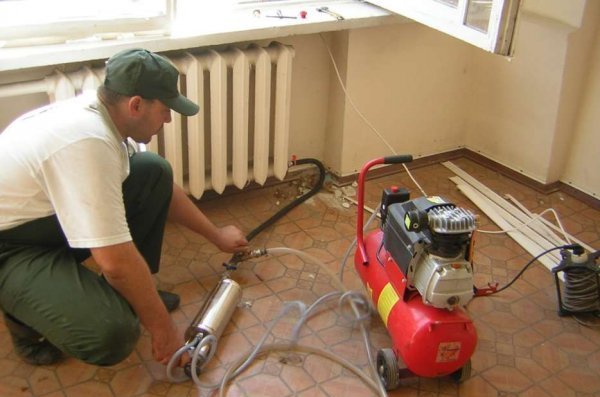
Photo 1. Cleaning the heating system in a private home. A special pump is used to fill the heating structure with water.
- Using a valve gas supply to the boiler is blocked.
- In the case of a double-circuit boiler The cold water supply is stopped.
- The device disconnected from the electrical network.
- The chimney pipe is disconnected.
- The device itself is dismantled.
Important! Dismantling the equipment requires extreme care. Sharp movements when unscrewing pipes may compromise the tightness of the system.
Installing a new unit
Before you start the installation, preparatory work is needed. Clear the room of any debris left after dismantling, remove the old winding from the threaded connections. Prepare tools and materials:
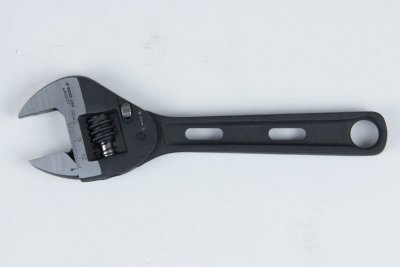
- A hammer drill or a drill (if the fasteners from the old boiler do not fit).
- Brackets (for wall-mounted units only).
- Three-core cable.
- Fum tape and winding.
- Adjustable wrench.
- Gas hose, in metal braid.
- Fitting.
- Shut-off valve.
- Level.
- Water and gas pipes (if there are changes in the installation project).
- New filters for coarse and fine water purification.
- Gas meter (if the capacity of the old one is low).
The preparatory work is finished, we put the unit in its place. Before installing the attachment Brackets are attached to the wall.
Connecting the boiler to the heating system
It is worth starting with determining which boiler pipes are intended for supplying water, hot water and the heating system itself. This information is available in the instructions for the device.. Install a shut-off valve on the existing water supply pipe, followed by a fine filter. Connect the supply pipe to the boiler.
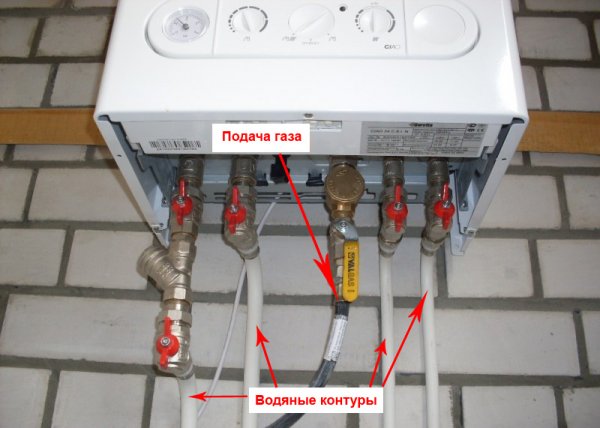
Photo 2. Gas boiler connection diagram. Arrows indicate the connection points of the water circuits and gas supply hose.
Connect the DHW and heating system circuits. It is better to install a coarse filter on the return supply pipe. It will help to prevent dirt from getting into the storage tank.
Reference. All the connections mentioned above are threaded. To connect them, use two adjustable wrenches. The pipe is held first, the fitting is screwed in second. A winding or FUM tape is wound onto the thread.
Connecting to a gas source
The boiler is connected to the gas system by connecting the supply pipe to the corresponding outlet of the apparatus. For this purpose, a gas hose with union nuts on the ends is used. Before tightening the nuts, a winding is wound onto the thread.
Attention! Connecting equipment to gas is both a simple and responsible task. Poor tightness of the connection will lead to to fuel leakage and explosion.
Connecting ventilation
There are two types of ventilation: separate with a chimney and a pipe-in-pipe system. In the first version, the ventilation pipe is put on the corresponding branch pipe of the boiler, fastened with screws. The other end of the pipe is brought out to the street, through a special hole in the wall.
In the second option, there is one branch pipe on the unit, but it consists of two pipes, of different diameters. One is intended for the chimney, the other for ventilation. The connection is made in the same way as in the separate version, but the second end of the pipe is brought out into the ventilation duct of the house.
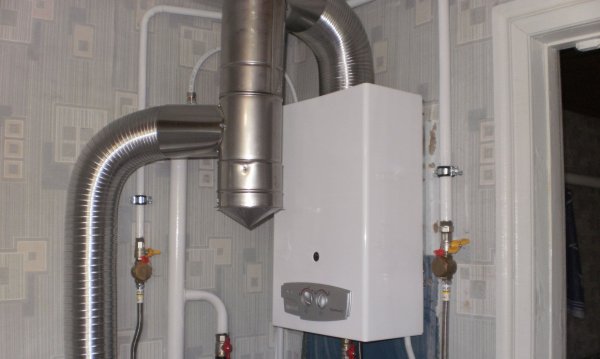
Photo 3. Chimney connected to a gas boiler. The pipes must be sealed to prevent combustion products from entering the room.
Checking for leaks
To check, water is supplied to the system. This is done smoothly so that the air has time to leave the pipes. The pressure increases. Manometer arrow must be located between 0.8-1.8 bar. All connections of the system are inspected for leaks.
The gas supply is turned on. For each connection gas pipe a soap solution is applied. If the bubbles do not inflate, then the system is sealed and you can start the boiler.
First launch
The device is connected to the electrical network. The system is started. The maximum power and temperature are set on the boiler. If within 30 minutes the device did not give an error, there is no smell of gas in the room, there are no extraneous sounds, then the test is complete.
Important! Test run must be carried out by a specialist. After completing the procedure, he will issue a warranty card, conduct safety training and teach you how to use the device.
Useful video
Watch a video that talks about the standards for installing gas boilers in private homes.
Some tips on choosing a new boiler and conclusion
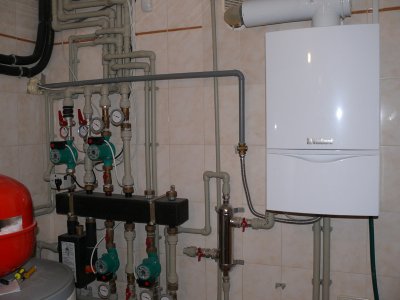
The operation of replacing old heating equipment is quite simple (except in cases of project changes) and It will only take a day.
But to obtain permission and collect the necessary documents it may take a whole year. It is better to take care of the replacement in advance, without allowing it to become critically damaged.
For those who want to minimize the problems that arise when replacing a boiler, it is better to choose the same model or device with similar characteristics. If the boiler was operating at maximum capacity, or the area of the house was increased, it is worth buying a unit with a higher power.








